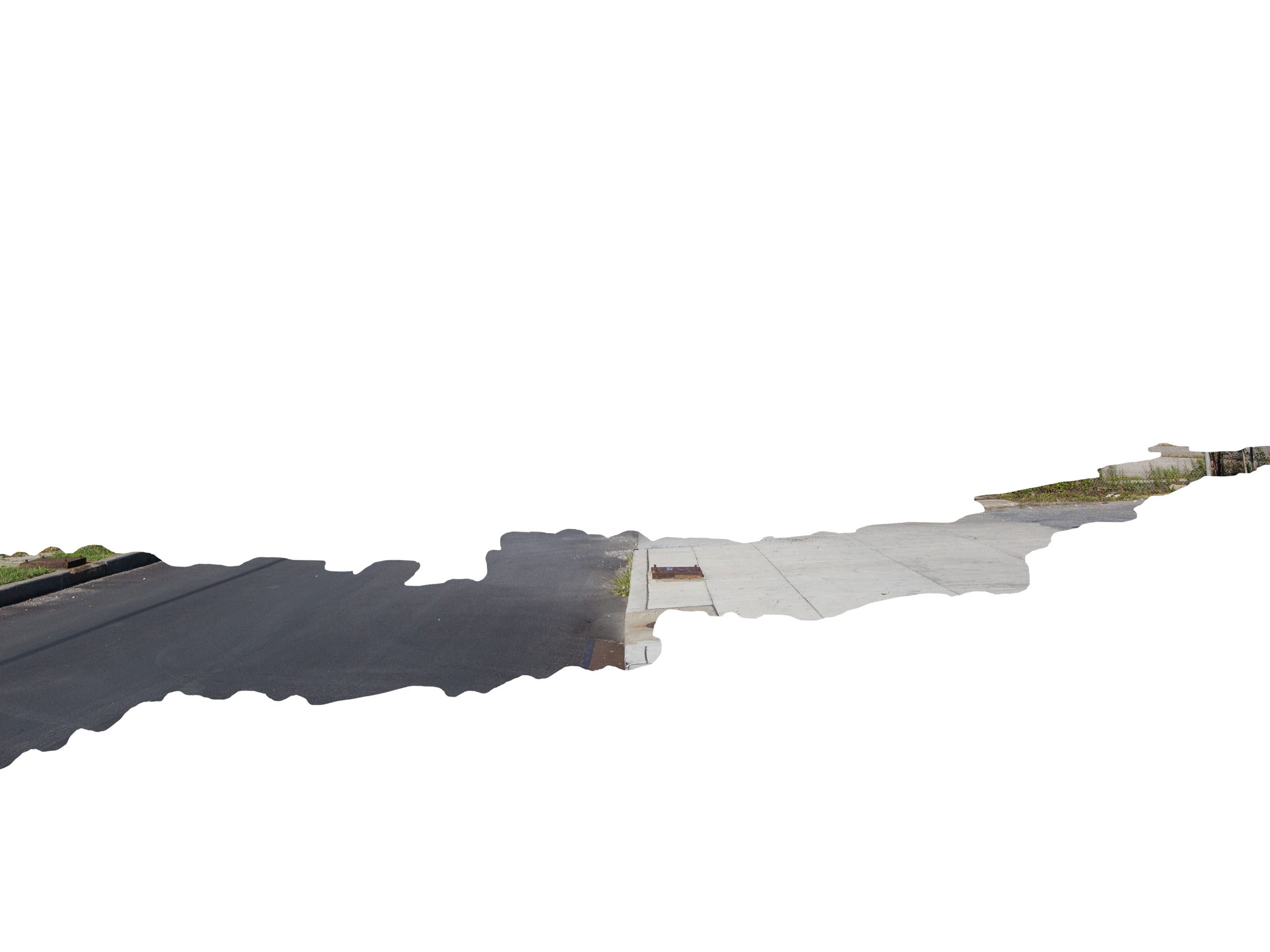
Site 9. 26th Street
Ghost Rivers: Sumwalt Run
People also flow like rivers.
In the 1940s, 50s, and 60s as the work in the coal fields of West Virginia dried up, migrant workers from the Appalachian mountains began to arrive in Baltimore, seeking jobs in the booming factories. This trickle became a flood of tens of thousands, streaming down from the hills and hollers to settle in the city. Neighborhoods like Remington, along with nearby Hampden and Old Goucher, became known as “Little Appalachia.”
Swept along in this current came the culture and music of the hills — banjos, guitars, and harmonies imported from the farms and coal mines. In Baltimore these sounds swirled together with the rhythms of the city, the clacking of street cars and persistent clanging of machines stamping out millions of bottle caps at the Crown Cork & Seal factory. This new bluegrass sound floated from countless clubs and corners. In the front rooms of crowded rowhomes, friends and families sang and strummed into the wee hours. At these “picking parties,” a confluence of classes rubbed shoulders and traded verses — rural migrants, day laborers, socialists, and college students mixing their voices and sharing common waters.
Working on the canning line at a factory in Baltimore, 1952. (Special Collections, Enoch Pratt Free Library)
On nearby Mace Street, a shy teenager named Hazel Dickens first began performing in her uncle’s house, finding her voice with songs that championed workers from the coal fields of West Virginia to the factories of Baltimore. Like a buried stream, the concerns of these workers were often out of sight and mind from most Americans. Hazel Dickens celebrated their lives and amplified their voices, performing frequently at union and labor rallies. Dickens would eventually become a legend in her own right, a feminist bluegrass pioneer whose influence transcended genres.
From the farm to the factory
An early photo of Hazel Dickens.
Sewing silk into parachutes. (Special Collections, Enoch Pratt Free Library)
Homesickness is a common theme in bluegrass music. Hazel Dickens’ family left their West Virginia farm in search of opportunity in the big city, joining tens of thousands of migrants from Appalachia and the rural south in the decades during and after World War II.
Workers in the tin mill at Bethlehem Steel, ca. 1940. (Special Collections, Enoch Pratt Free Library)
“Down by the river
Down by the old river bend
Down by the river
The sweet fragrance of flowers
Oh, it seems life’s troubles and trials
Get harder and harder to mend
Oh, how sweet it would be to sit down
On the grassy banks beyond the river bend
”
Phyllis Boyens & Hazel Dickens performing “West Virginia, My Home” in 1978
Resources & Readings
True Blue: Fast Times, Hard Luck, and Rebirth of Bluegrass in Baltimore
📺 Watch the Hazel Dickens documentary It’s Hard to Tell the Singer from the Song
History of the Appalachian people in Baltimore (Wikipedia)
🔈 The Unique Legacy of Baltimore’s Bluegrass (WYPR, 2015)
🔈 Listen to “Beyond the River Bend” on YouTube, Apple Music, or Spotify







